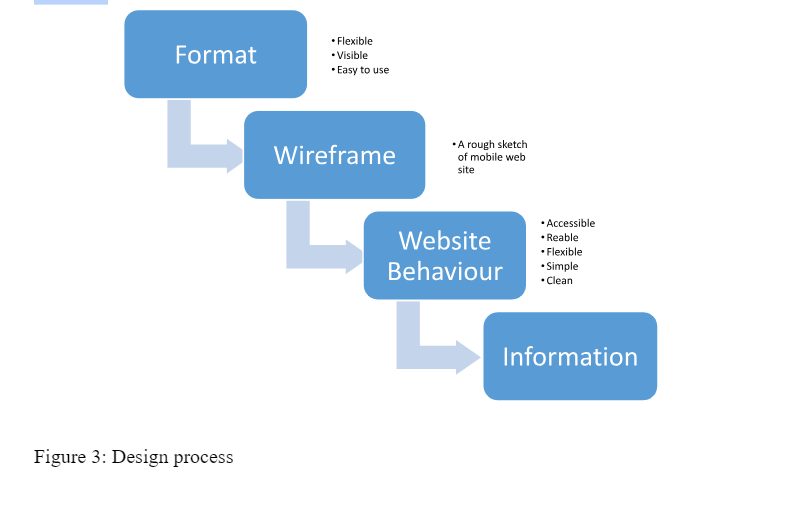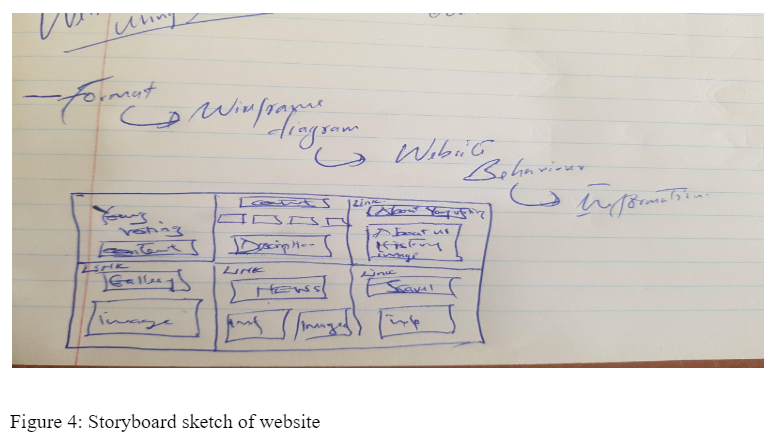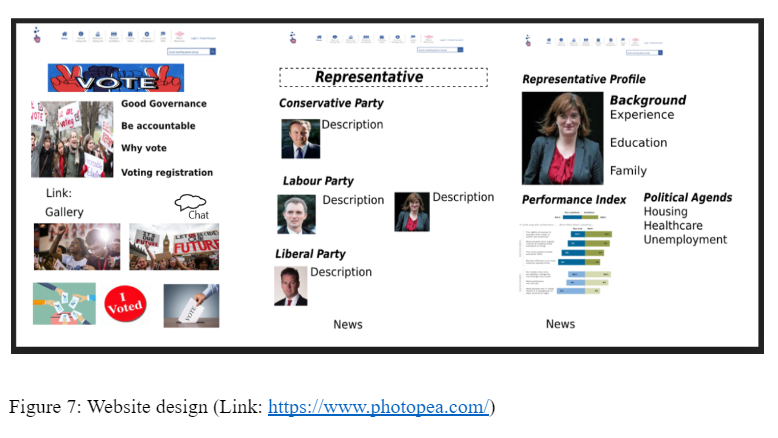Barriers to Engagement and Building Trust in the System
Introduction
Historically, findings show that young people in almost every community not only shy away from voting and electing their respective representatives but also rarely involved themselves in politics related discussion. Although recently campaigns have been designed to encourage young people to involve themselves more on politics through upholding politically driven discussion, mobilizing registration as voters, and voting, the young people voting and involvement remain relatively low (Dermody et al., 2010; Wattenberg, 2015). Despite being the most affected by decision made and implemented policies by the elected representatives, the number of voters under the category of youth (below 25 years) fails remarkably to be reflected by ratio in comparison to the other older generation (Khan, 2019; Frazer-Carroll, 2019). For those needing more assistance with this area, politics dissertation help can provide valuable insights and strategies.

After interviewing 5 respondents about the issues of young people and voting, the findings pointed at issues related to lack of diversity in politics, lack or low awareness on politics and factors related to political views and voting, while majority of pointing to lack of trust to the system. From the findings, there exist a need to reach out to the young individuals in order to address the issues through strategizing on involving themselves more in politics and making sure their respective opinions. Empathy maps drew a need for a more inclusive representation include members of parliament and government who can represent the views and opinion of the youth and young in the society coupled with a system holding those elected as representative to accountability. One key approach is building confidence of the young on the system through educative campaigns.
Ideation
The major issues raised by interviewed on failure or less involvement in politics such as electing representatives included accountability, awareness, and lack of inclusivity. According to the respondents, in additional to listening, taking into account, and accepting different opinions from the young generation by those (older) generation in elected positions, awareness on the issues and voting process is fundamental in enhancing involvement. The emerging themes from the findings pointed on the awareness, understanding importance of involvement in voting process and just voting itself, as well as putting politician into account of the promises made. As solution to the problem and addressing the concerns, internet-based approach was taken as a convenient and most adoptable approach. Given that majority, if not all, young population in the country are technology oriented as well as internet connected. Ideally, website offers an avenue where the intended audiences can be reached without inconvenient anyone.
First, one can share a link to the target group or direct them to view the said website without going through hassle of downloading, installing, or accessing another third party. Secondly, a website, if well designed and implemented with contents and accessibility well-articulated, can ease awareness problem. From the finding, the challenge to the low education or awareness on the voting process was perceived as inaccessibility to the materials or learning avenues. Unlike conventional books and mobile Apps, a website can be tailored to accommodate individuals from different backgrounds while, importantly, holding all the relevant information in a manner that one can easy access. Fundamentally, the website approach aims to tap young fondness and love of internet to encourage access of information on governance as well as setting stage for more participation in such activities as voting and ensuring politician accountability. In order to achieve that, the site need to be considerably accessible, easy to use, give the user control, flexible, and efficient.


Prototyping
Design and implementation of the website followed articulated steps. Based on the storyboard, first steps as indicated by the figure 2 below, was outlining the format in which the site would take. This stage was emphasised because of the importance of capturing the attention and sharing information with high convenience as possible. It was critical to come up with an approach that would entice and encourage the young to interact with the site easily (George, 2005; Shitkova et al., 2015). Next stage was outline a wireframe informed by visibility, flexibility, ease of control, and freedom such as enabling the reader to exit, return, or go to other pages with ease. Step three involved ensuring the website behaves as intended displaying information clearly and visibly. As such, the design followed the following process


Young involvement in politics can be founded by first driving educative program and exchanging information through chats, discussion, and holding chat forums with their peers.


After framing the site, the above is a sketched version of a 10*10 mobile layout. Next step sketching wireframe and building using Protopea.

Simplicity, clean, readability, and accessibility of information and various links and buttons informed the final built wireframe (figure 6) (Horton, and Quesenbery, 2014). Black and white colours were perceive simple and easy to read while in inviting political correctness based on party colours. The images used in the main page were selected to capture the young people, need for voting, governance, and involvement in political process.
Nevertheless, based on the interview findings where majority of the respondents indicating need and importance of interactive platforms where they can share information through chats, discussion, and forums, the website solution integrates platforms where the youth (website users) can hold such discussion and forums. The website takes an interactive approach where the young people with personalised learning experience while structured towards maximization of individual attainment under BBC bitesize (Mikroyannidi et al., 2016; BBC, 2019). The chat room incorporated the capability of users to hold discussion or chats with other members but can also choose the members to chat with based on their preference such as age, ideology, views, and level of education or engagement. Moreover, the approach is founded on the societal and educational deficits aimed at effecting tangible changes through connecting with the young between 18-35 years on matter of election and voting.
Evaluation and Testing
As stated before, the aim of creating this website was to enhance young generation to involvement themselves more in governance through voting and ensuring the government is held accountable. These were based on the findings from interview into factors causing low voting by young people in a society. The solution involved creating a website that would educate through increasing voting and governance awareness as well as voting process including registration. However, the developed web site need to attract and even entice the youth into reading and making themselves aware of the political class and system. The design was evaluate out with a small group of classmate and students around the campus. The responses such as background need to be more visible using a more attractive colour was core in making improvements in design and implementation. With more time, areas such as usability, flexibility, and visibility would be improved.
The following are the checklist for evaluation and testing of the website interface
1. The website is developed as learning and education platform on issues related to voting and governance, hence explore functionality and usability by answering the question was the core function of the website met?
2. The main objective that guided the development of the site was to act as awareness platform through sharing information related to governance and voting to young in a society. Here, explore the usability and performance of the website. Do the users access useful information as intended
3. In order to attain the objectives, the website aimed to be simple, clean, informative, easy to use, and flexible. Is the website responsive on different user platforms (mobile and computer OS)

4. Ideally, the website was intended to offer interactive platform between users with shared commonness such as age, ideology, or education level. Was that factored in?
Continue your exploration of Balance Between Customized Experiences And Consumer with our related content.
References
- BBC (2019). Testing and evaluation - Revision 1 - National 5 Computing Science - BBC Bitesize. [online] BBC Bitesize. Available at: https://www.bbc.co.uk/bitesize/guides/zttqcj6/revision/1 [Accessed 19 Dec. 2019].
- Dermody, J., Hanmer-Lloyd, S. and Scullion, R., 2010. Young people and voting behaviour: alienated youth and (or) an interested and critical citizenry?. European Journal of Marketing, 44(3/4), pp.421-435.
- Frazer-Carroll, M. (2019). Britain’s young people are radicalised and registered. Will this be our election? | Micha Frazer-Carroll. [online] the Guardian. Available at: https://www.theguardian.com/commentisfree/2019/dec/09/britain-young-people-registered-election [Accessed 19 Dec. 2019].
- George, C.A., 2005. Usability testing and design of a library website: an iterative approach. OCLC Systems & Services: International digital library perspectives, 21(3), pp.167-180.
- Horton, S. and Quesenbery, W., 2014. A web for everyone: Designing accessible user experiences. Rosenfeld Media.
- Khan, J. (2019). Opinion: Politicians have already failed young people – now they’re just ignoring them. [online] The Independent. Available at: https://www.independent.co.uk/voices/general-election-register-vote-young-people-brexit-boris-johnson-a9218116.html [Accessed 19 Dec. 2019].
- Mikroyannidi, E., Liu, D. and Lee, R., 2016. Use of Semantic Web Technologies in the Architecture of the BBC Education Online Pages. In Open Data for Education (pp. 67-85). Springer, Cham.
- Shitkova, M., Holler, J., Heide, T., Clever, N. and Becker, J., 2015, March. Towards Usability Guidelines for Mobile Websites and Applications. In Wirtschaftsinformatik (pp. 1603-1617).
- Wattenberg, M.P., 2015. Is voting for young people?. Routledge.
- 24/7 Customer Support
- 100% Customer Satisfaction
- No Privacy Violation
- Quick Services
- Subject Experts



